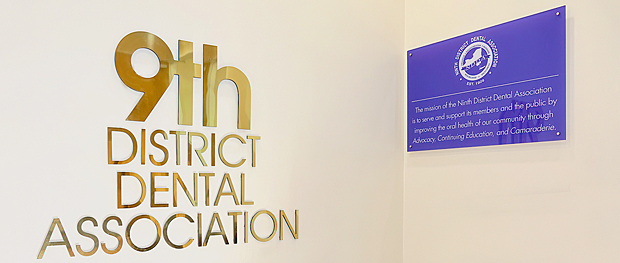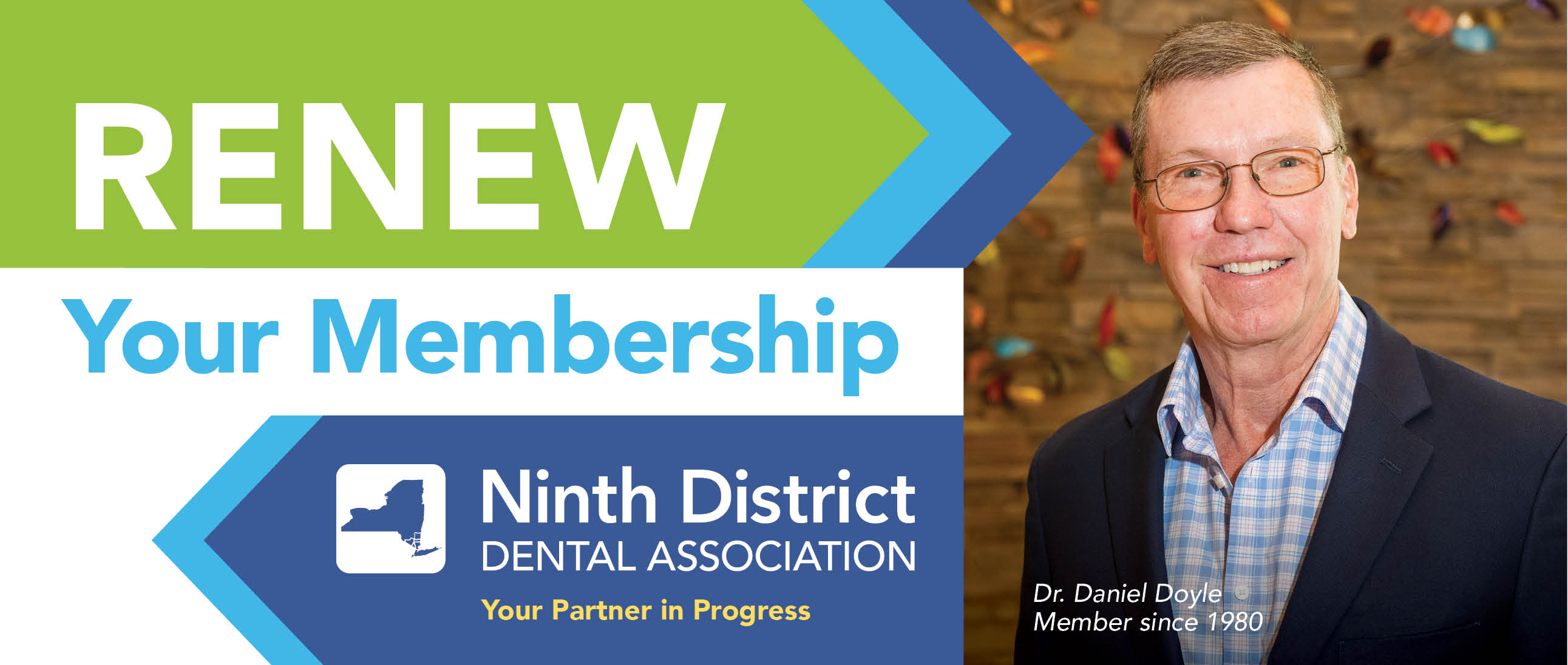NIH Highlights Periodontal Disease
Periodontal (Gum) Disease
Overview
Periodontal (gum) disease is an infection of the tissues that hold your teeth in place. It's typically caused by poor brushing and flossing habits that allow plaque—a sticky film of bacteria—to build up on the teeth and harden. It starts with swollen, red, and bleeding gums. If left untreated, it can spread to the bones surrounding the gums, making it painful to chew. In the worst cases, teeth may become loose or need to be removed.
Timothy J. Iafolla, DMD, MPH answers all your questions about flossing. Read the interview here.
Causes
Dental plaque that is not removed every day can harden and form tartar, and tartar build-up can lead to gum disease. Only a professional cleaning by a dentist or dental hygienist can remove tartar. There are several risk factors for gum disease, but smoking is the most significant. Smoking also can make treatment for gum disease less successful. Other risk factors include hormonal changes in girls and women; certain illnesses, such as diabetes or AIDS and their medications; and genetics.
Symptoms
Symptoms of gum disease can affect various areas of the mouth.
| Affected Area | Symptoms |
|---|---|
| Gums | Gums may be red, swollen, tender, or bleeding. The gums may pull away from the teeth making them appear longer. |
| Teeth | Loose or sensitive teeth. Pain while chewing. |
| Other | Persistent bad breath. |
Diagnosis
At a dental visit, a dentist or dental hygienist will perform tests to diagnose periodontal disease:
| Diagnostic Test | How it’s done | Why it’s done |
|---|---|---|
| Gum Examination | The dentist will examine your gums for signs of inflammation and use a tiny ruler called a “probe” to measure pockets around the teeth. | In a healthy mouth, the pockets around the teeth are usually between 1 and 3 millimeters. Deeper pockets can be a sign of periodontal disease. |
| Medical History Survey | The dentist will ask questions about your medical history. | Certain conditions or risk factors, like smoking or diabetes, can contribute to gum disease. |
| X-Ray | X-ray images of the teeth and mouth are taken. | An x-ray can show if there is any bone loss as a result of gum disease. |
Your dental professional may also refer you to a periodontist, a specialist in the diagnosis and treatment of gum disease, who may provide other treatment options not provided by your dentist.
Treatment
The main goal of treatment is to control the infection. The number and types of treatments will vary, depending on the extent of the gum disease. Any type of treatment requires that the patient keep up good daily care at home. The dentist may also suggest changing certain behaviors, such as quitting smoking, as a way to improve your treatment results.
Helpful Tips
You can keep your gums and teeth healthy by:
- Brushing your teeth twice a day with a fluoride toothpaste.
- Flossing regularly to remove plaque from between teeth. Or, you can use a device such as an interdental (between-the-teeth) brush, a wooden or plastic pick, or a “water flosser” recommended by a dental professional.
- Visiting the dentist routinely for a check-up and professional cleaning.
- Quitting smoking.
Additional Resources
- Periodontal Disease
Information from the Centers for Disease Control and Prevention about the causes of periodontal disease, its warning signs, risk factors, and prevention and treatment.
- MedlinePlus: Gum Disease
The NIH National Library of Medicine's collection of links to government, professional, and non-profit/voluntary organizations with information on periodontal disease and gingivitis.
- How to Quit Smoking
Information from the Centers for Disease Control and Prevention (CDC) on quitting smoking.
- NIDCR Director Dr. Rena D’Souza discusses the gut’s role in oral bone health: https://youtu.be/Wi8vskjXseo.
Related Publications
Periodontal (Gum) Disease Research from NIDCR
- Probing Periodontal Disease
- Researchers Call in a Swarm of Tiny, Tooth-Scrubbing Robots
- The Gut’s Role in Oral Bone Health
- Disarming a Blood-Clotting Protein Prevents Gum Disease in Mice
- Tooth Protein Prevents Bone Loss in Mice
- A Census Inside Your Mouth
- Turning Back the Clock on Gum Disease
- Genes Are Key to Oral Health & Beyond
- Mouth Microbes
- The Quest to Understand Dental Stem Cells












.png?sfvrsn=4447de7f_1)















